Entering the world of snake ownership can be both exciting and intimidating for beginners. Unlike traditional pets, snakes require specific care and understanding, but with the right species, they can be surprisingly low-maintenance companions. Non-venomous snakes are particularly appealing for first-time reptile owners, offering a safe introduction to the fascinating world of serpents. These reptiles come in various sizes, colors, and temperaments, with some being notably more docile and easier to handle than others. If you’re considering adding a scaly friend to your family, this guide will introduce you to ten non-venomous snake species that are widely recognized as excellent choices for beginners due to their manageable size, relatively simple care requirements, and typically gentle dispositions.
Corn Snake (Pantherophis guttatus)
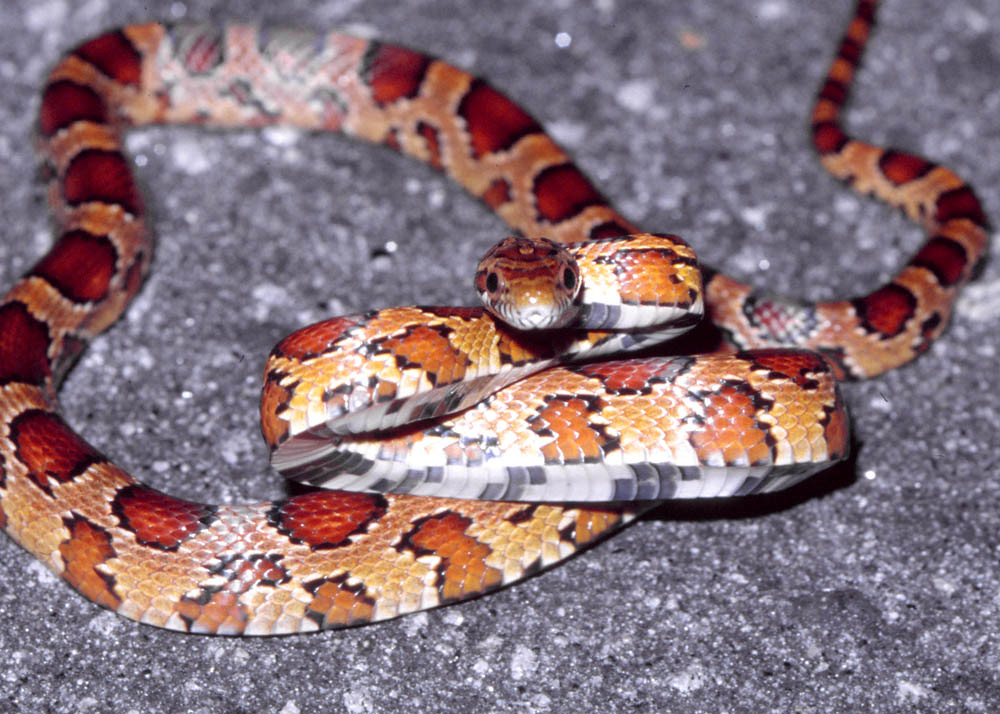
Corn snakes are arguably the most popular beginner snake, and for good reason. These North American natives display vibrant orange, red, and yellow patterns that have been selectively bred into dozens of stunning color morphs. Typically growing to a manageable 3-5 feet in length, corn snakes remain relatively small compared to many other species, making them easier to house and handle. Their docile temperament makes them particularly suitable for beginners, as they rarely bite and generally tolerate handling well once acclimated. Corn snakes are also quite hardy, adapting to a range of temperatures and humidity levels within reason, which provides new owners with some room for error while learning proper husbandry techniques.
Ball Python (Python regius)
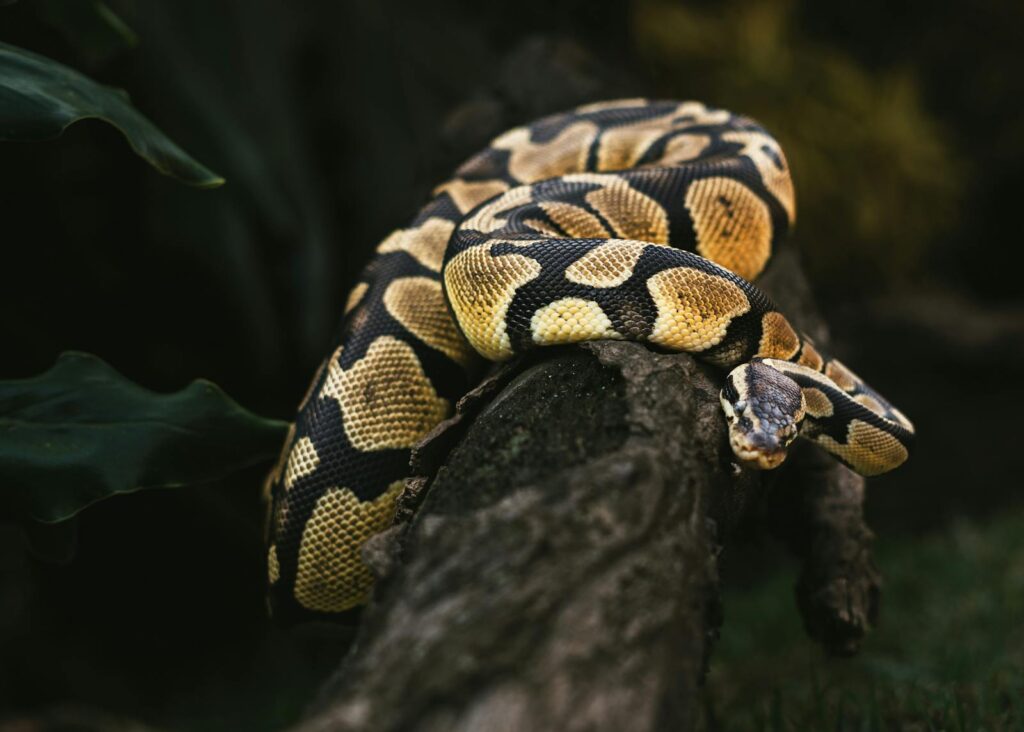
Ball pythons have earned their place as beloved beginner snakes due to their generally calm demeanor and manageable size, typically reaching 3-5 feet in adulthood. Named for their defensive behavior of rolling into a ball when stressed, these West African natives are known for being relatively shy but gentle once they become comfortable with their owner. Ball pythons come in hundreds of different morphs, offering incredible variety in patterns and colors that appeal to collectors and casual owners alike. While they do require more specific humidity and temperature requirements than some other beginner species, their long lifespan of 20-30 years in captivity makes them wonderful long-term companions for dedicated owners willing to provide proper care.
Kenyan Sand Boa (Gongylophis colubrinus)

For those seeking a truly small snake species, the Kenyan Sand Boa makes an excellent choice, with females typically reaching only 2-3 feet and males staying even smaller at 1-1.5 feet. These stout-bodied snakes spend much of their time burrowed in substrate, making them somewhat less interactive than other species but fascinating to observe when they emerge for feeding or exploration. Their manageable size makes housing requirements minimal compared to larger species, with a 20-gallon terrarium being sufficient for most adults. Kenyan Sand Boas are known for their docile temperament and infrequent feeding requirements, sometimes only needing meals every 10-14 days as adults, which can be appealing to owners with busy schedules.
Rosy Boa (Lichanura trivirgata)
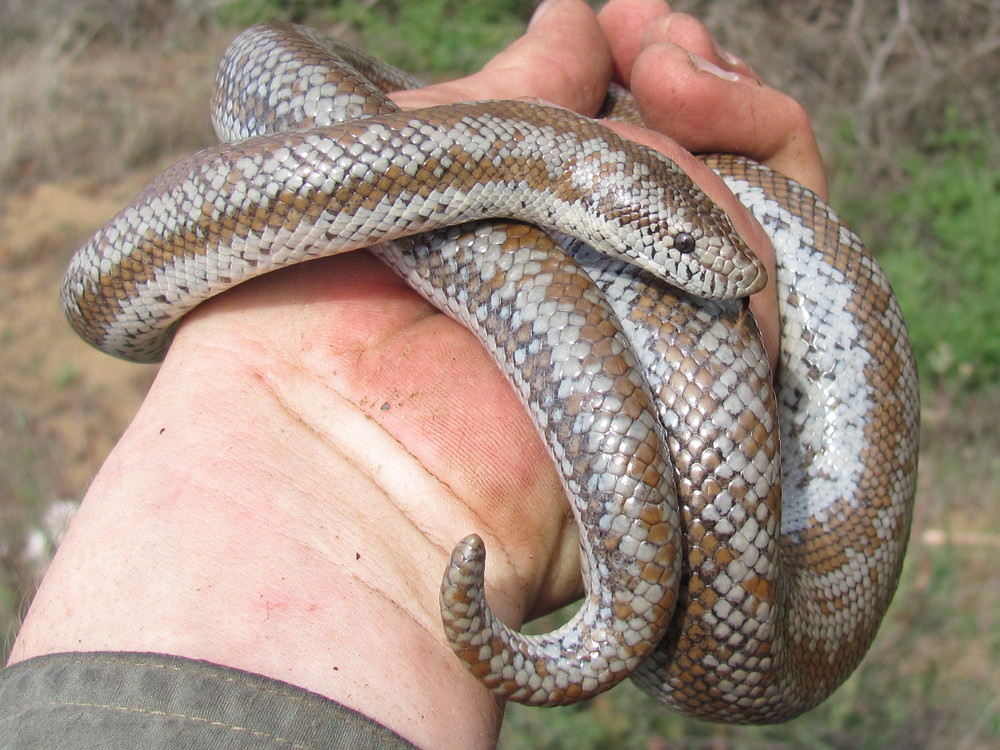
Native to the southwestern United States and northwestern Mexico, Rosy Boas are renowned for their gentle disposition and slow-moving nature, making them excellent handling snakes for beginners. These snakes typically grow to a modest 2-4 feet in length and have a stocky build that makes them feel substantial yet manageable in the hand. Rosy Boas come in various color patterns including coastal, Mexican, and desert varieties, each displaying distinctive striping patterns running the length of their bodies. They’re particularly appreciated for their feeding response, as they rarely refuse meals and don’t typically require the humidity levels that some tropical species demand, making their care relatively straightforward in most household environments.
California Kingsnake (Lampropeltis californiae)
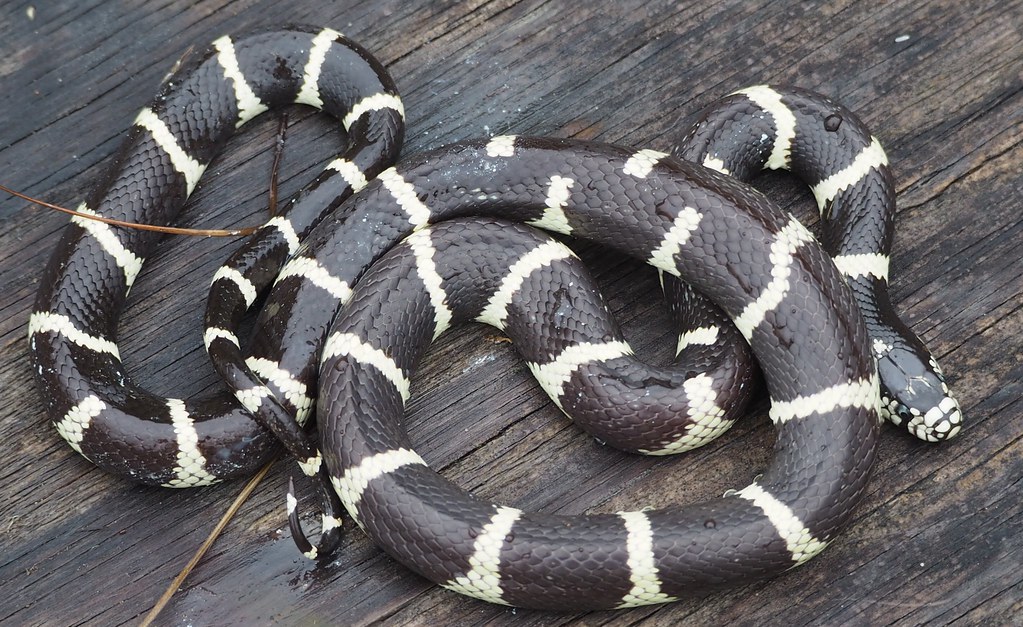
California Kingsnakes make exceptional pets for beginners due to their hardy nature, straightforward care requirements, and active, inquisitive behavior. These snakes typically grow to 3-4 feet and are known for their striking appearance, often displaying bold patterns of black and white bands or stripes, though various color morphs exist in captivity. As their name suggests, kingsnakes are natural predators of other snakes, including venomous species, which they’ve evolved immunity to through specialized blood proteins. Their feeding response is typically enthusiastic, sometimes to the point where they might mistake fingers for food when hungry, though this behavior can be managed with proper handling techniques and feeding protocols. California Kingsnakes thrive in relatively dry environments, making humidity management simpler than for tropical species.
Children’s Python (Antaresia childreni)
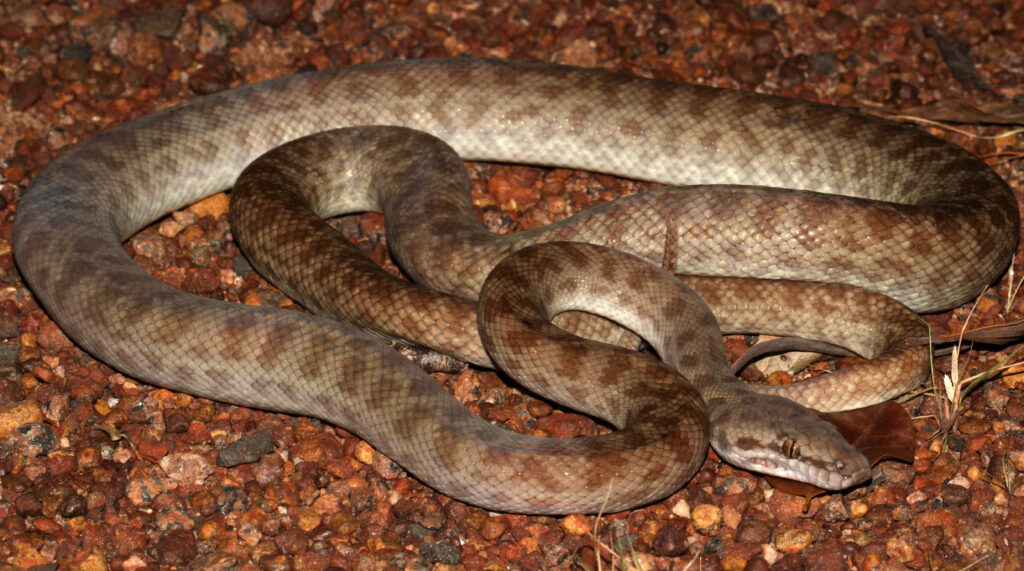
Despite their name (which actually honors naturalist John George Children rather than indicating suitability for young people), Children’s Pythons are indeed excellent snakes for beginning reptile enthusiasts. These Australian pythons remain small, typically reaching only 2-3 feet in length, making them one of the most manageable python species available in the pet trade. Children’s Pythons display an attractive light brown to reddish-brown coloration with subtle patterning that provides excellent camouflage in their natural habitat. Their calm temperament and reluctance to bite make them particularly approachable for those new to snake handling, while their hardiness and adaptability to various conditions within reason provide forgiveness for minor husbandry mistakes. Additionally, their smaller size means they require less space and smaller prey items than many other python species.
Milk Snake (Lampropeltis triangulum)
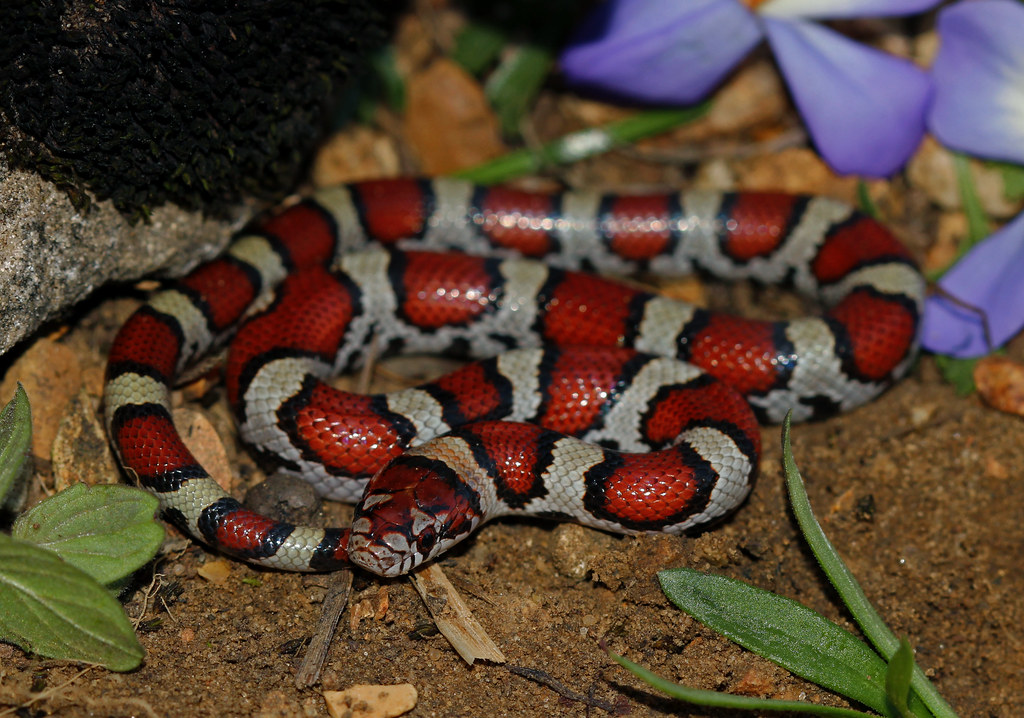
Milk Snakes comprise a diverse group of kingsnake subspecies known for their vibrant tricolor patterns of red, black, and yellow or white bands, which mimic the warning coloration of venomous coral snakes in a phenomenon called Batesian mimicry. Despite this intimidating appearance, milk snakes are completely harmless and generally display docile temperaments once acclimated to handling. They typically grow to a manageable 3-4 feet in length, though some subspecies may be smaller or larger.
Milk snakes are known for their hardiness and adaptability, tolerating a wider range of temperature and humidity conditions than many tropical species, which makes them forgiving pets for beginners learning proper husbandry techniques. Their active, curious nature makes them engaging to observe, while their relatively straightforward care requirements make them accessible to new reptile keepers.
Western Hognose Snake (Heterodon nasicus)
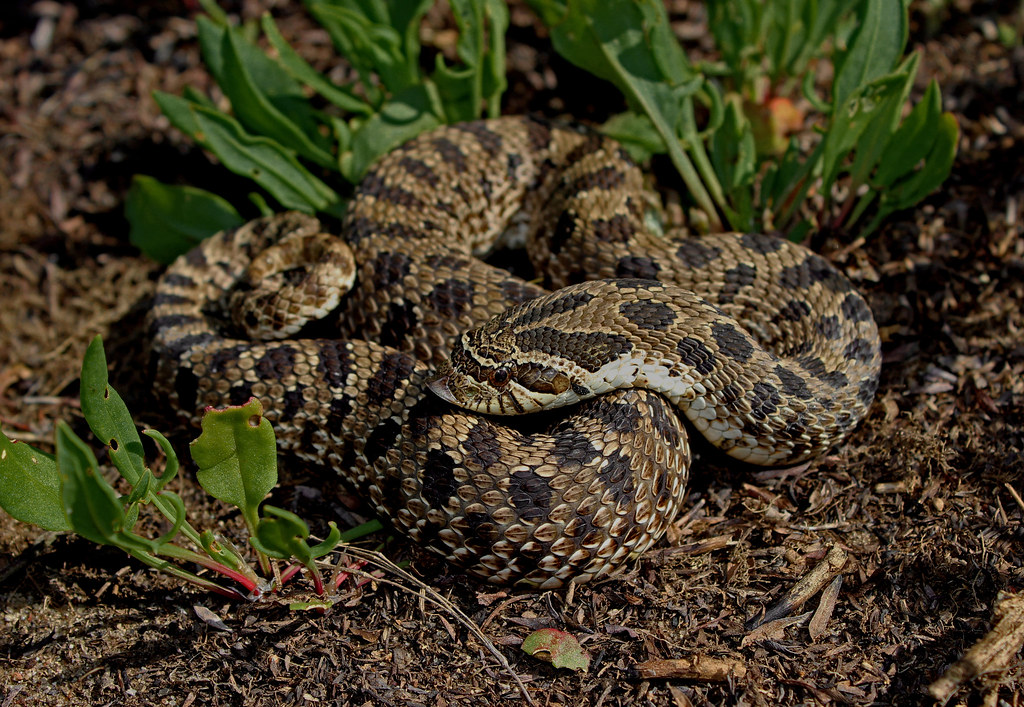
Western Hognose Snakes have become increasingly popular pets due to their small size, distinctive upturned snouts, and charming, sometimes dramatic behaviors. Males typically reach only 14-24 inches, with females growing somewhat larger at 20-36 inches, making them ideal for keepers with limited space. Though technically rear-fanged venomous, their mild venom is adapted for subduing amphibian prey and poses virtually no risk to humans beyond possible mild allergic reactions in sensitive individuals.
Hognoses are known for their theatrical defensive displays, including flattening their necks, hissing loudly, and sometimes playing dead by rolling onto their backs with mouths open—behaviors that make them endlessly entertaining to observe. Their natural habitat in the sandy plains of western North America translates to straightforward care requirements with an emphasis on dry conditions and opportunities for burrowing.
Gopher Snake (Pituophis catenifer)
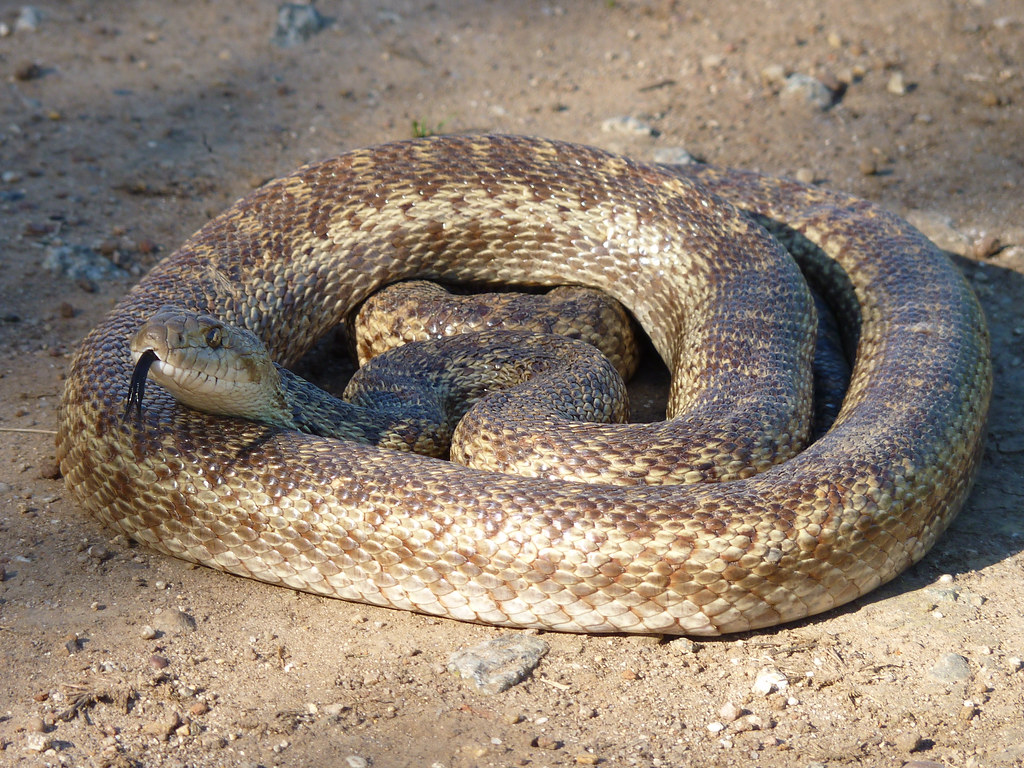
Gopher Snakes, sometimes called Bull Snakes or Pine Snakes depending on the subspecies, make excellent pets for beginners who are comfortable with a somewhat larger snake, as they typically reach 4-6 feet in length. These North American natives are known for their impressive defensive display when frightened in the wild, which includes hissing loudly, flattening their heads, and vibrating their tails in mimicry of rattlesnakes, though captive-bred specimens typically become quite docile with regular handling.
Gopher Snakes are particularly appreciated for their robust health and straightforward care requirements, thriving in moderately dry conditions that are easy to maintain in captivity. They display attractive tan or yellowish coloration with dark blotches, and their active, curious nature makes them engaging animals to observe as they explore their environments.
Brazilian Rainbow Boa (Epicrates cenchria)
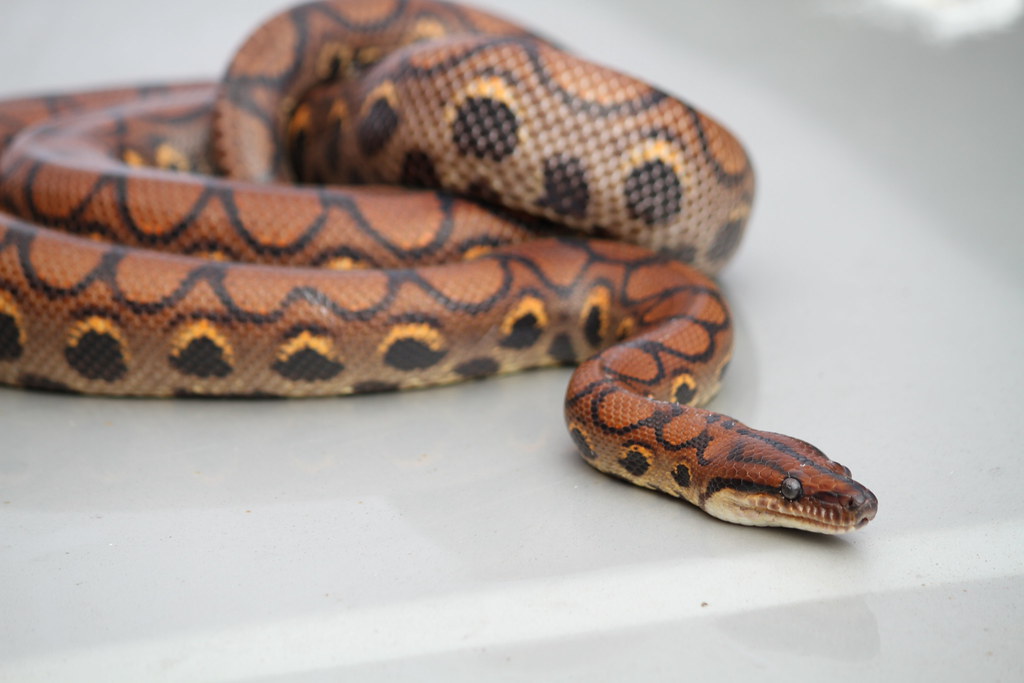
For beginners willing to tackle somewhat more complex humidity requirements, the Brazilian Rainbow Boa offers spectacular beauty with its iridescent scales that shimmer with rainbow hues under the right lighting. These medium-sized boas typically reach 5-7 feet in length, with females growing larger than males, though they maintain a relatively slender build that makes them manageable for careful handling. Young rainbow boas can be somewhat defensive, but most captive-bred specimens become docile with regular, gentle handling as they mature. Their primary care challenge involves maintaining the higher humidity levels (70-80%) required to keep them healthy and ensure proper shedding, which necessitates more attentive monitoring than some other beginner species. For those willing to meet these requirements, rainbow boas reward their keepers with extraordinary beauty and relatively long lifespans of 20+ years.
Understanding Basic Snake Care Requirements
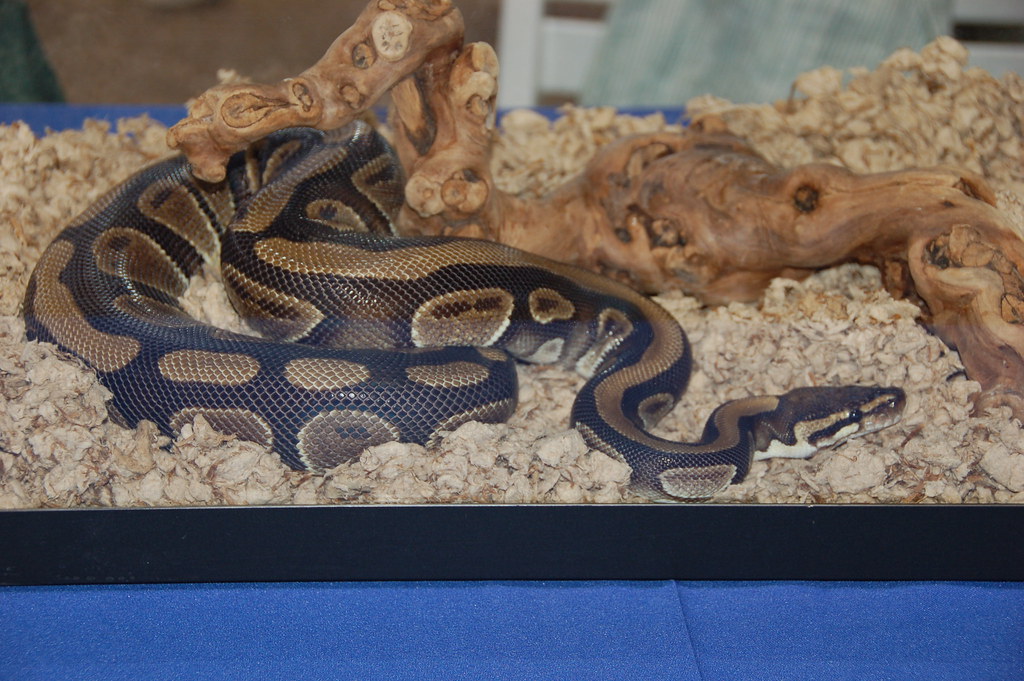
Regardless of species, all pet snakes require certain basic care elements to thrive in captivity. A properly sized enclosure with appropriate temperature gradient is essential, typically requiring a warm side of 85-90°F and a cooler side of 75-80°F, though specific requirements vary by species. Humidity needs range from relatively dry (40-50%) for desert species to much higher (70-80%) for tropical species, and can be managed through substrate choice, enclosure ventilation, and misting routines. Proper diet is crucial, with most beginner-friendly species thriving on appropriately sized mice or rats, fed at intervals ranging from weekly for juveniles to every 2-3 weeks for adult specimens. Regular handling sessions of 10-15 minutes several times weekly help most snakes become accustomed to human interaction, though it’s important to recognize that all snakes need stress-free periods and secure hiding places to maintain good health.
Preparing for Your First Snake
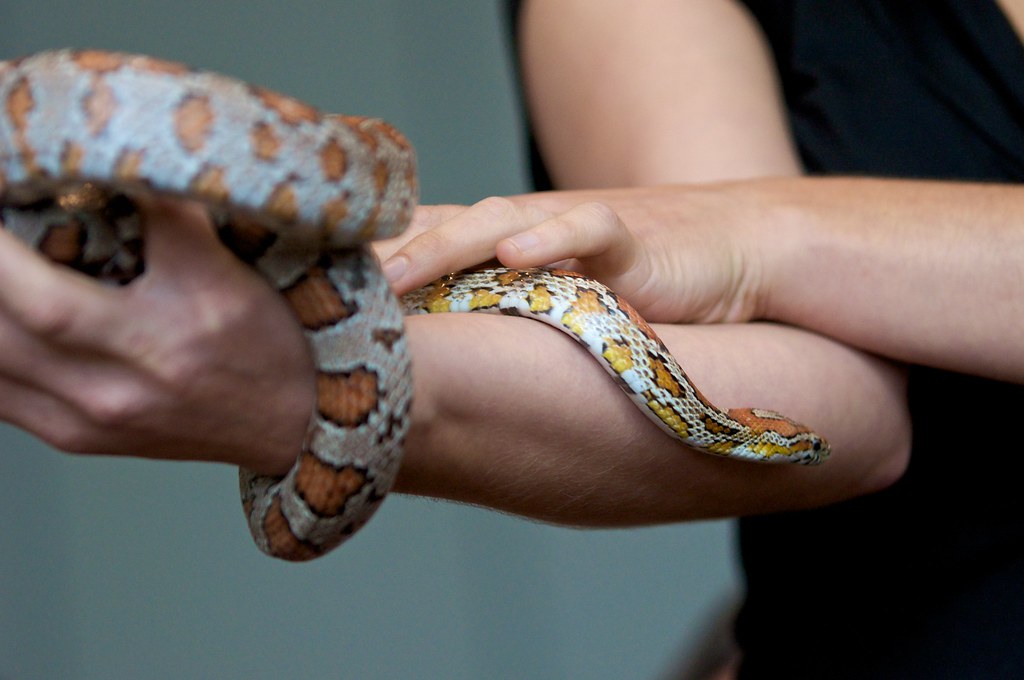
Before bringing home any snake, thorough research and preparation are essential for success. Set up the complete habitat at least a week before acquiring your snake, ensuring all temperature and humidity parameters are stable and appropriate for your chosen species. Locate a reputable veterinarian experienced with reptiles in your area, as specialized care may be needed for health issues that arise. Consider purchasing captive-bred specimens rather than wild-caught, as they typically adjust better to captivity, harbor fewer parasites, and don’t impact wild populations. Finally, honestly assess your commitment level, as even the most beginner-friendly snakes require consistent care for many years—corn snakes often live 15-20 years, while ball pythons can reach 30+ years with proper care. By choosing an appropriate species and preparing adequately, you’ll set the foundation for a rewarding relationship with your new reptilian companion.
In conclusion, the world of non-venomous pet snakes offers numerous options for beginners that combine manageable size, docile temperaments, and reasonable care requirements. From the vibrant, friendly corn snake to the iridescent beauty of the rainbow boa, there’s likely a species that fits your lifestyle and aesthetic preferences. While all snakes require specific environmental conditions and dedicated care, the species highlighted in this guide are known for their adaptability and forgiveness of minor husbandry mistakes as you learn. Remember that responsible snake ownership begins with thorough research into your chosen species’ specific needs and a commitment to providing appropriate care throughout their often lengthy lifespan. With patience and proper setup, these fascinating reptiles can become engaging, low-maintenance companions that provide years of enjoyment and a unique window into the reptile world.


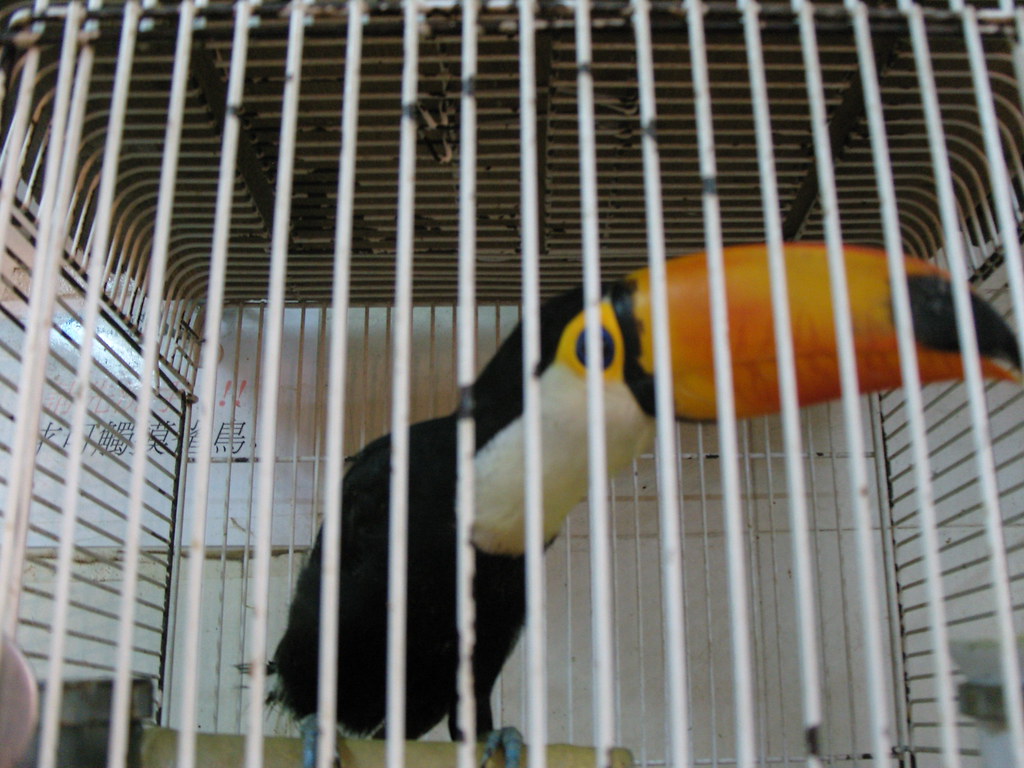
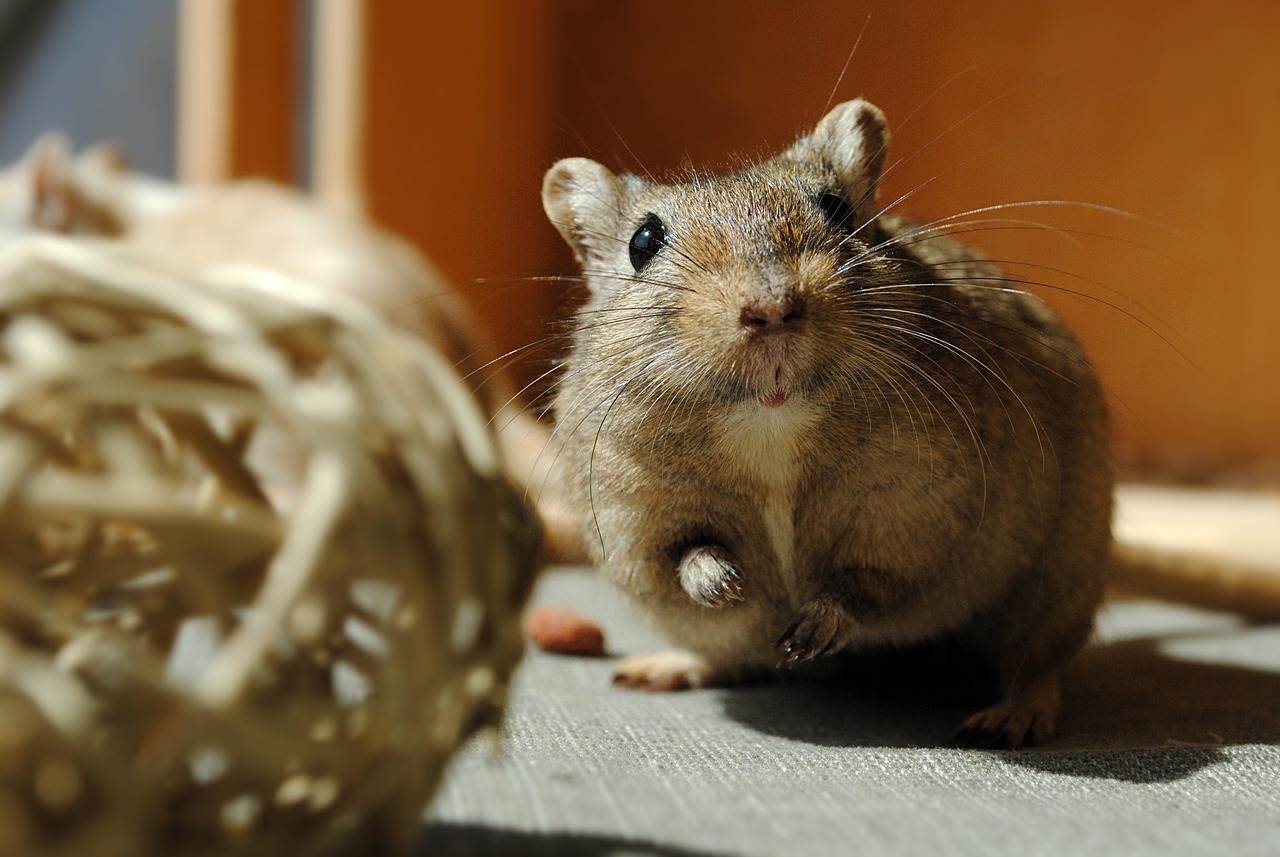
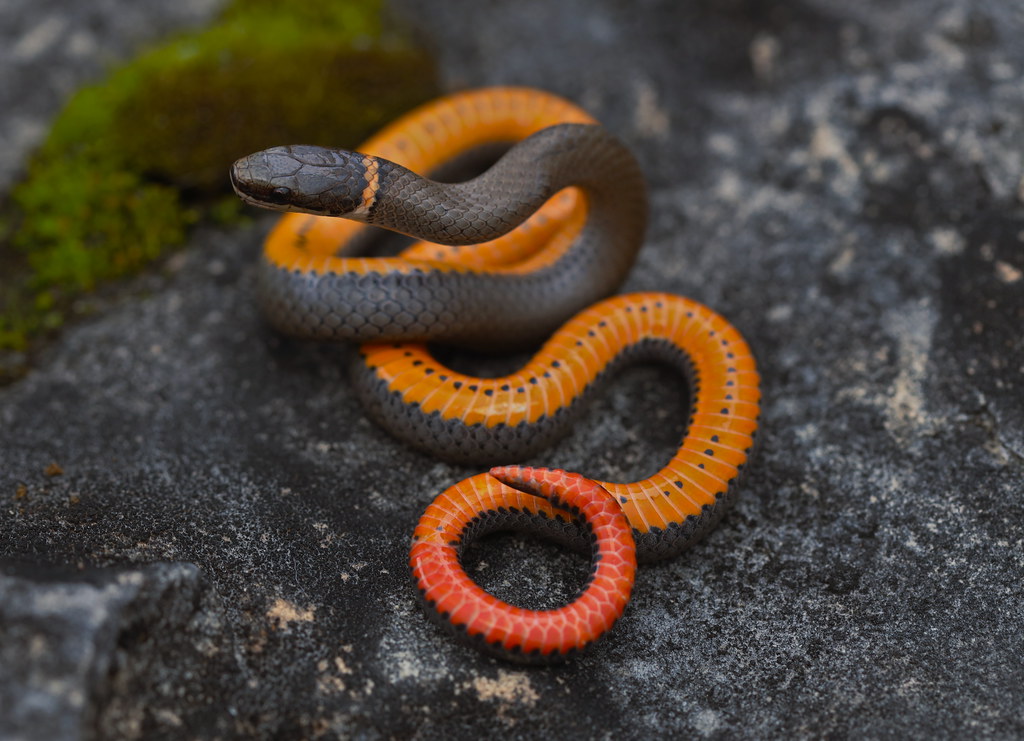
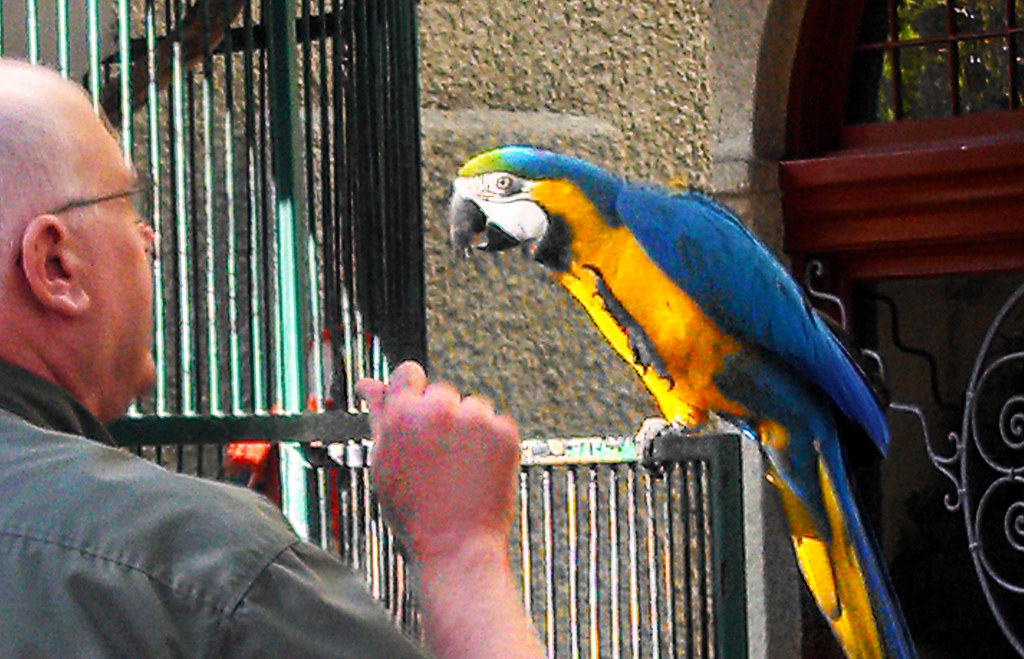
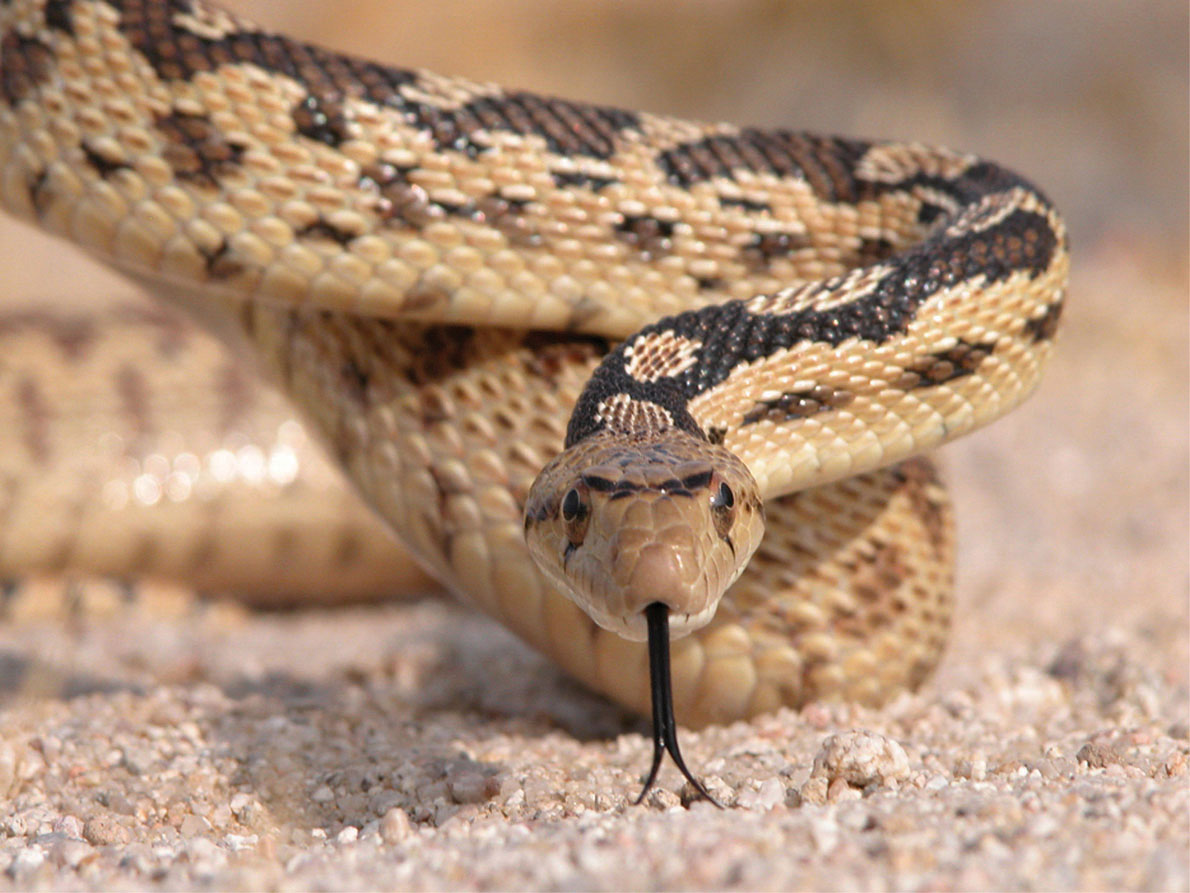
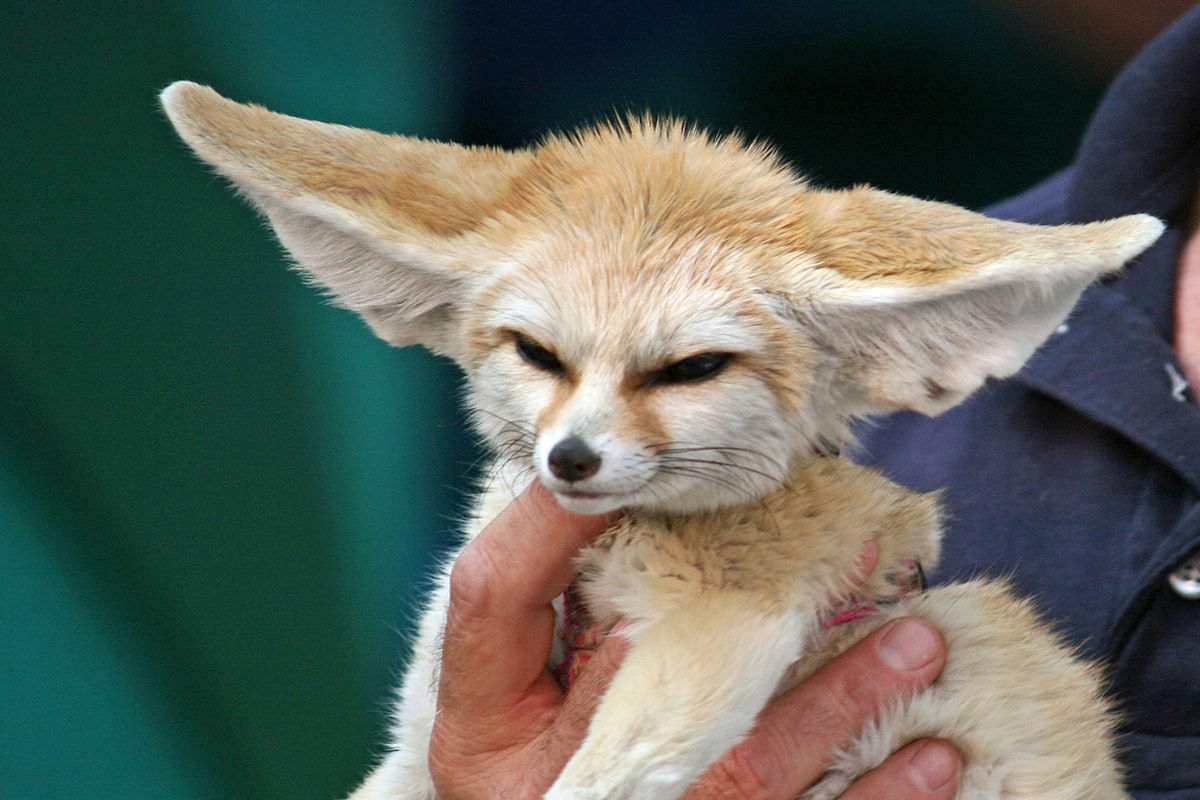
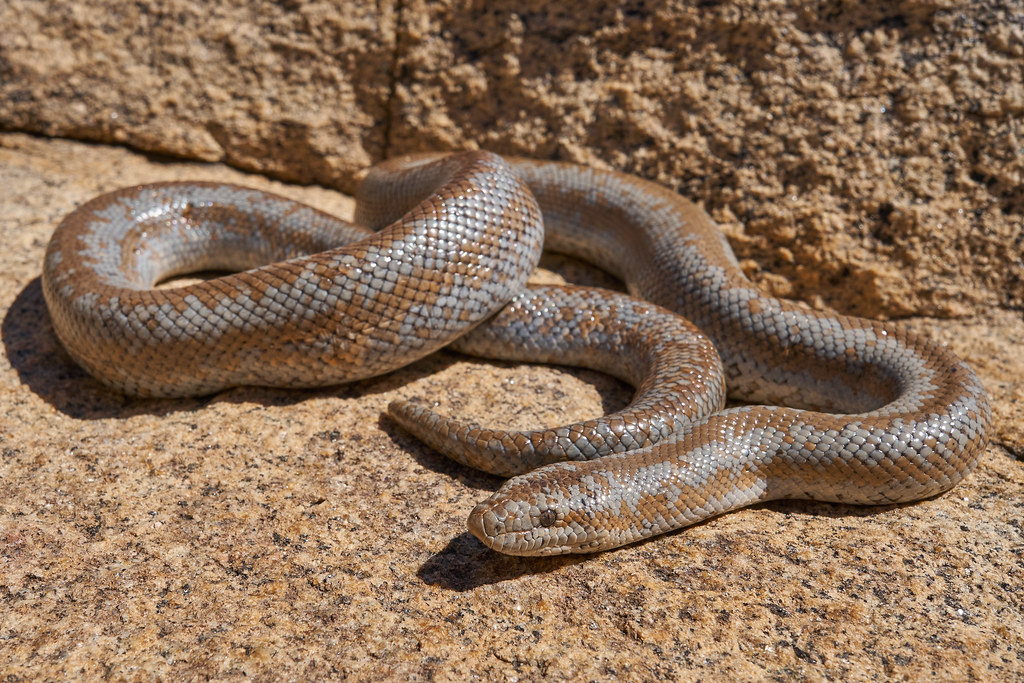
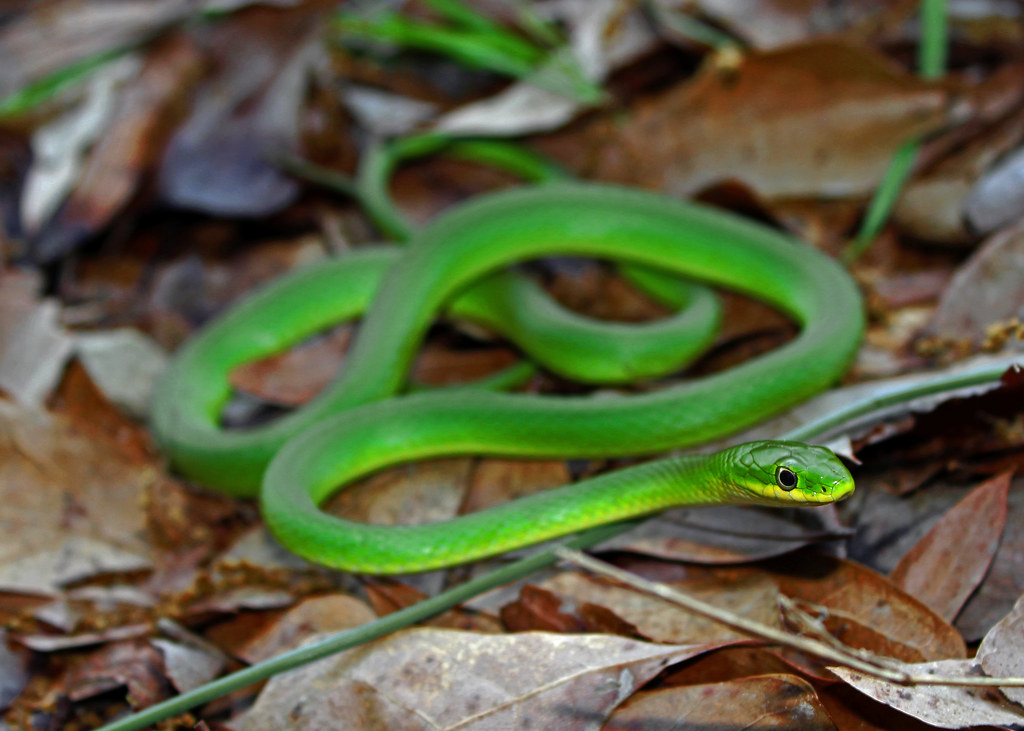
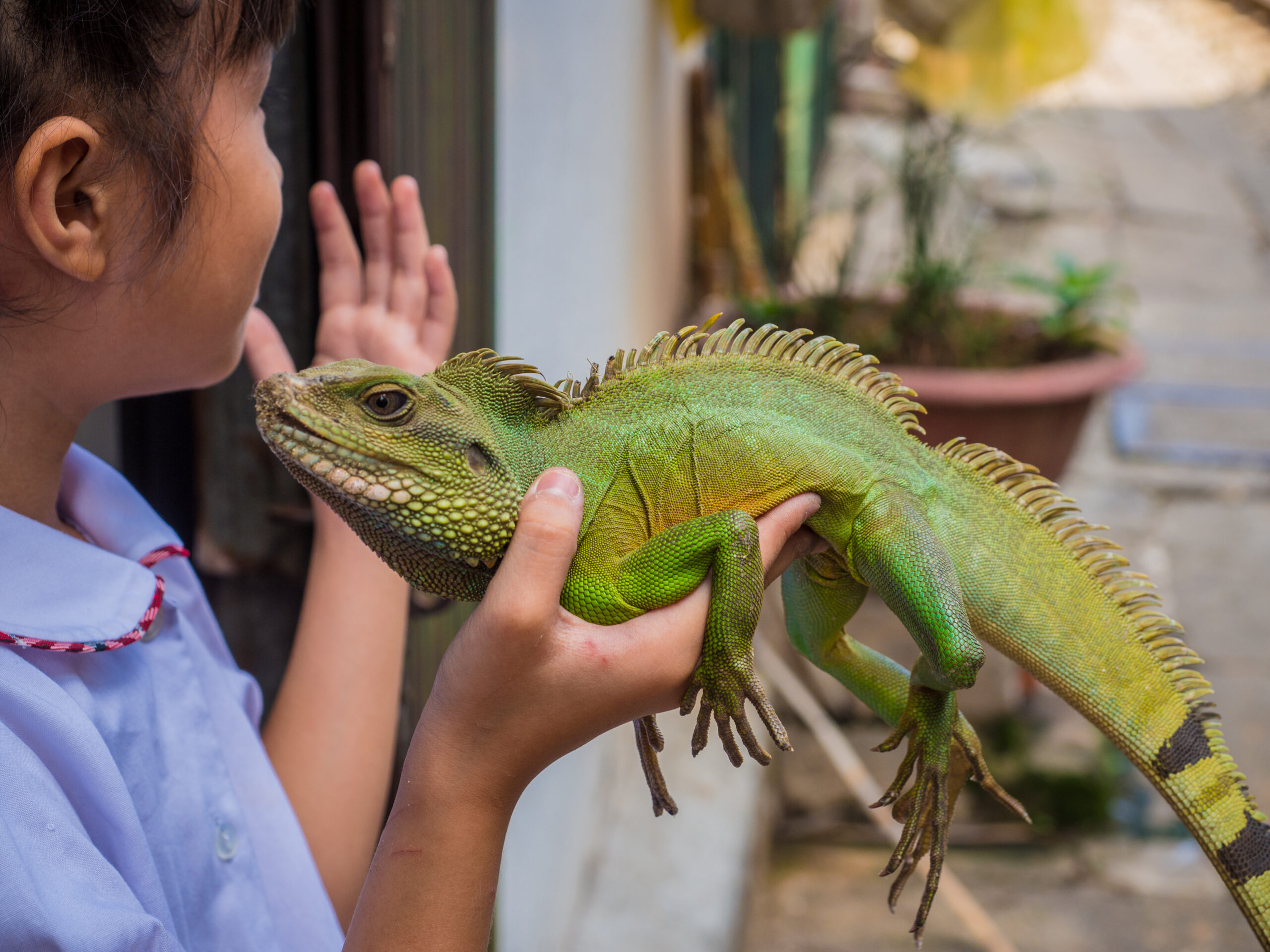




Leave a Reply